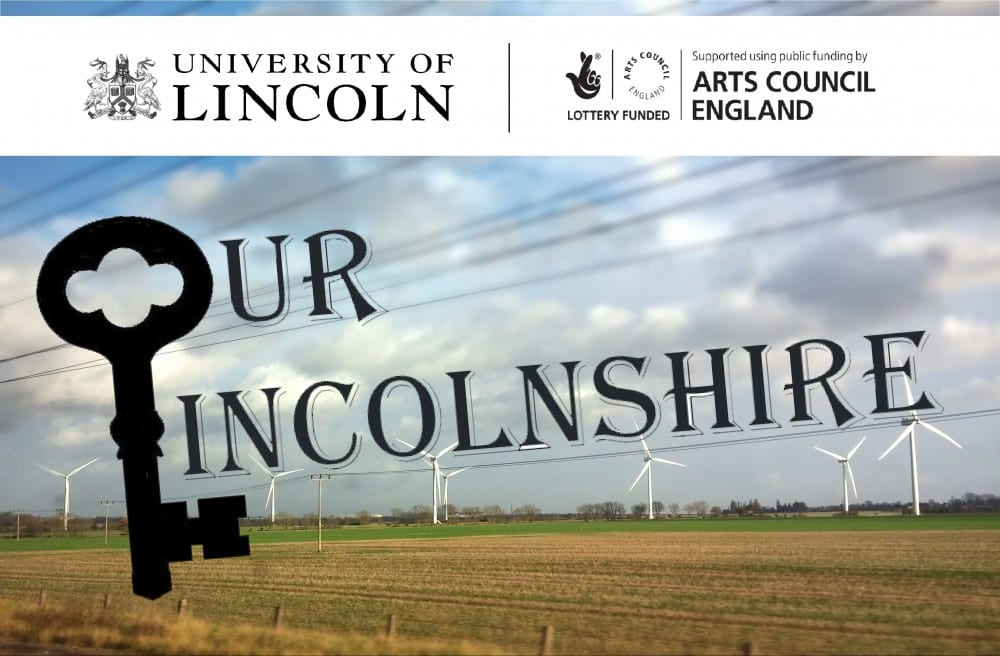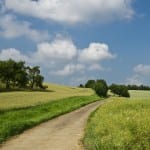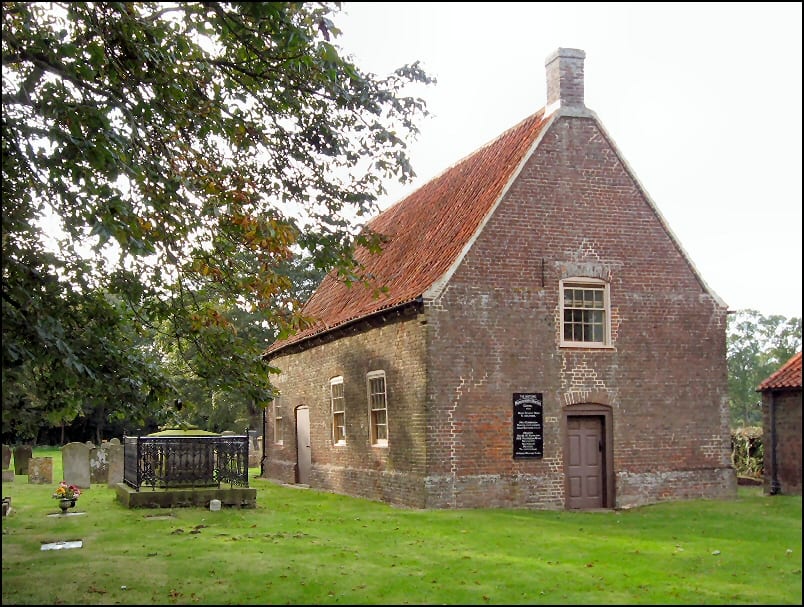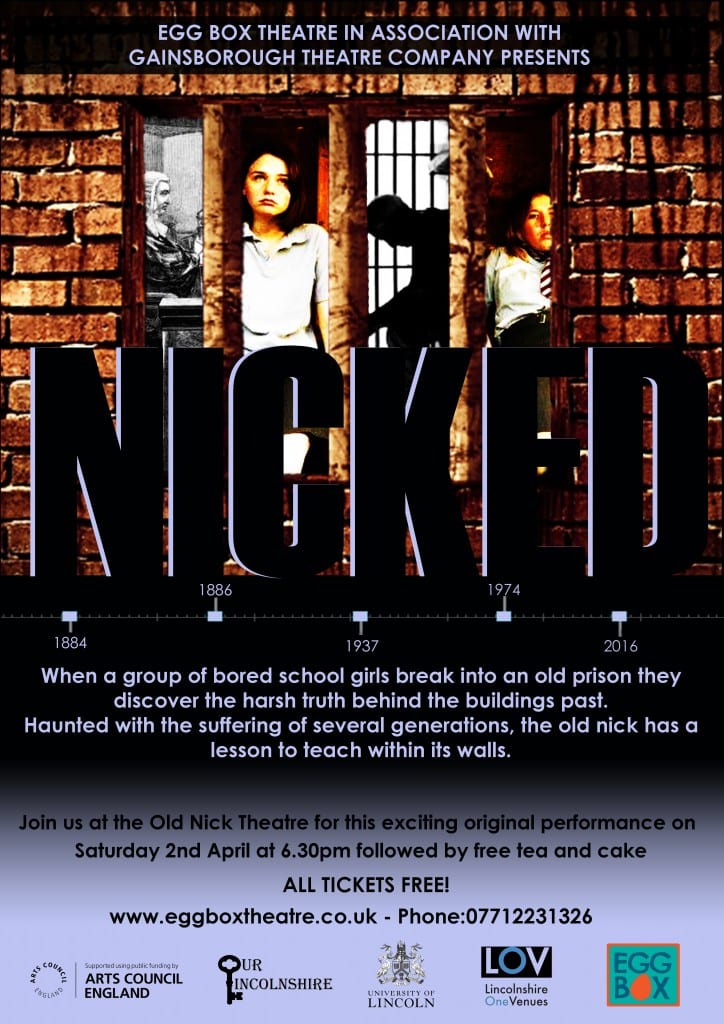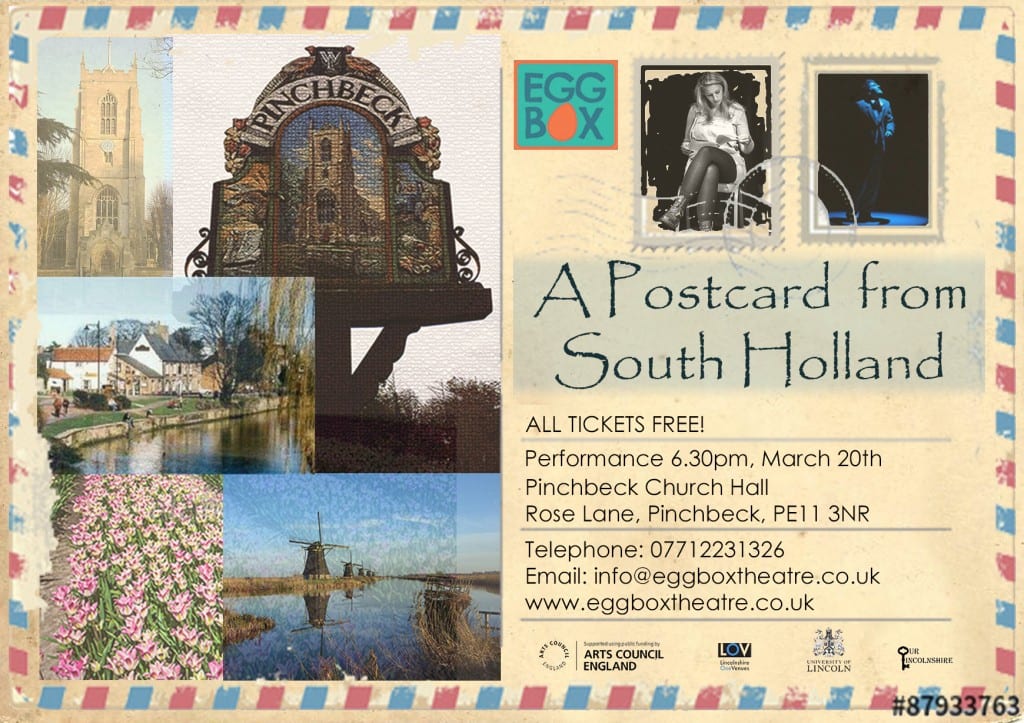Throughout this project, we have come across fascinating heritage projects and enthusiastic history groups developing projects across the county.
One project coming up is the Churches Festival in West Lindsey. The 2016 Festival is taking place on Saturday 7 and Sunday 8 May, and on Saturday 14 and Sunday 15 May.
This year the Festival is in its 20th year, and 94 churches will be open for people to explore. Organists from the Lincolnshire Organists Association will be playing over the two weekends, with music also featuring in concerts at Stow and Brocklesbury, along with recitals and organ trails.
Stories associated with the churches will be a feature throughout the festival. At Gautby for example, they will be telling a story of intrigue, kidnapping, ransom and murder related to the Vyer family. Kettlethorpe church is associated with Katherine Swynford, the third wife of John of Gaunt, and the story of a missing cook features at Riby.
Details of the festival and churches involved can all be found on the Churches Festival website: www.churchesfestival.info
In their own words:
“Many of the churches are still the focal point of our villages and will provide you an insight into the history and life of their parishes. Others offer a vibrant collection of stained glass, architecture, carvings and artefacts. And some of our smaller churches open their doors simply to provide you with an oasis of peace and spirituality, a place to relax and witness the Holy Spirit. And finally, we offer intrigue and mystery as we uncover some hidden stories that our churches have kept so secret over the years!”
Click on the images below to find out more about their music programme, their flickr photo feed, and their walks.
